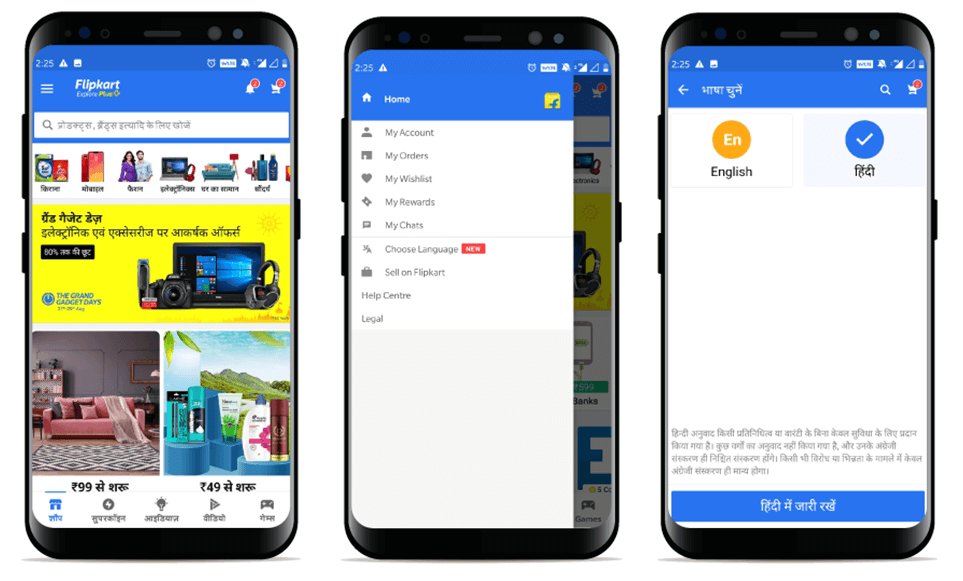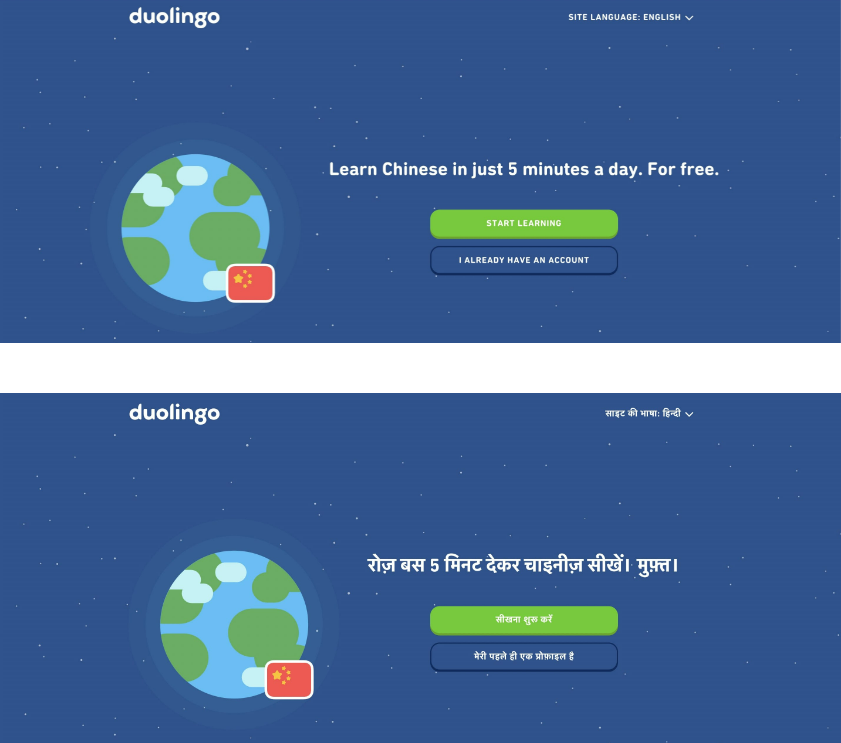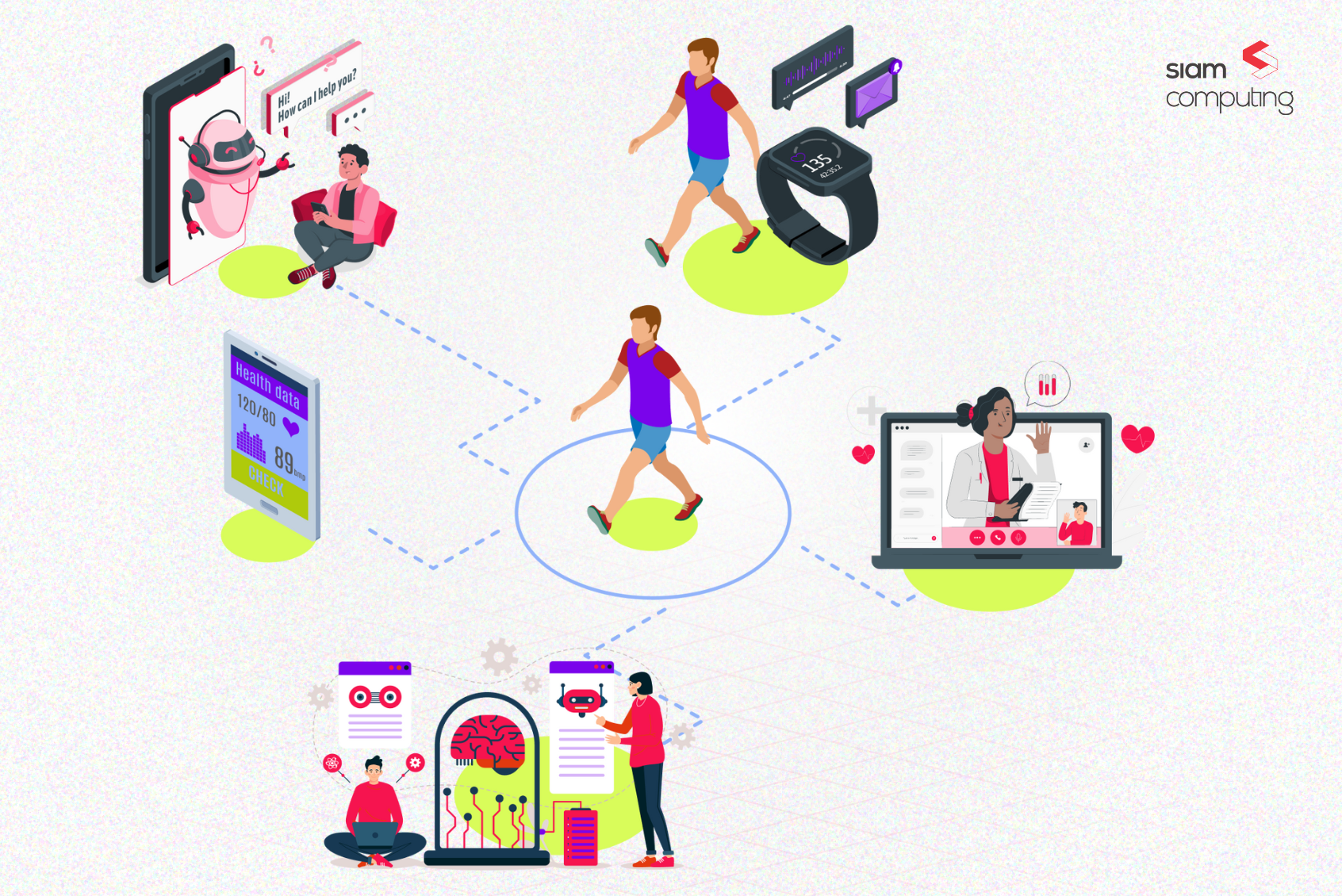Expanding your product or service across different geographies within the Indian market can be a highly lucrative opportunity. With a population of over 1.3 billion people and a rapidly growing middle class, India offers a vast customer base that’s eager to embrace new products and services. Entering this diverse and dynamic market comes with its own set of challenges, particularly when it comes to product localization.
Over the years, we’ve seen many product leaders and founders make the mistake of assuming product localization as just a translation of their product features or content into regional languages. In the context of India, a country known for its rich diversity, localization takes on a whole new level of complexity.
It requires a deep understanding of the target market’s culture, preferences, and expectations. This blog aims to delve into the intricacies of product localization in the Indian market, focusing on challenges beyond language translation.
Common Localization Challenges for Startups in the Indian Market
Localization is a key strategy for startups looking to tap into the expansive and diverse Indian market. It offers a range of benefits, including enhanced customer satisfaction, increased loyalty, improved retention rates, and a boost in revenue. Additionally, it provides a competitive edge over rivals who may not have invested in localization efforts.
Some of the major localization challenges that startups need to overcome are:
#1. Cultural Diversity and Sensitivity
India’s rich tapestry encompasses diverse cultures, religions, values, norms, and preferences. Startups must tread carefully to avoid offending or alienating potential customers. Understanding and respecting these differences is paramount.
Cultural Nuances
For instance, Indians in different regions have distinct cultural perceptions. While South Indians, especially in Tamil Nadu, are often more modest in their approach, North Indians may exhibit Western influences. When formulating a localization strategy, it is crucial to consider these varying cultural perspectives.
Symbolism and Colors
Similarly, colors, symbols, gestures, or words can carry vastly different meanings across regions or communities within India. For example, the color red symbolizes fire and purity, particularly in the Hindu religion. In contrast, it represents love and passion in Western cultures. Also, in some communities, wearing certain colors or patterns may have religious or cultural significance.
To navigate the cultural sensitivity challenge successfully, startups must conduct thorough research to comprehend and adapt to these nuances and sensitivities throughout their UI when they implement their brand design.
Example: Zomato is a perfect example of an app that is customized to Indian aesthetics and diverse cultures. Zomato uses Indian food icons, such as a dosa or a samosa, to represent various cuisine types. These icons help users quickly identify and explore different types of food. The app allows users to filter restaurants and dishes based on regional preferences. To make it easier for their user base in multiple Indian states, the Zomato app and website are also available in multiple Indian languages, including Hindi, Bengali, Tamil, and others. Zomato also often runs special promotions and discounts during Indian festivals and cultural events.
#2. Visual design and layout
India has distinct standards and expectations when it comes to visual elements such as icons, images, fonts, colors, symbols, and formats. Adapting design and layout to align with local preferences is crucial for connecting with the target audience effectively.
Design Considerations
Some fonts or scripts may be incompatible with certain devices or platforms, while some images or icons might not resonate with the local culture or market. Startups should rigorously test and optimize their visual design and layout for different devices, platforms, and browsers.
For instance, when searching online, most Indian citizens are conducting searches using Google on their Android phones. This contrasts with Apple iOS, which only has a 4% market share.
Example 1: Flipkart India has successfully implemented localization by launching a Hindi interface that incorporates local colors, symbols, icons, images, fonts, and formats, resonating with the Indian audience.

Example 2: Duolingo is also a great example of having a uniform design and visual consistency across the different versions of the product. The image attached below shows how the English and Hindi web pages have the same design and layout with uniformity.

#3. Limited Subject Matter Experts in Local Language
India boasts numerous languages and dialects spoken across the country. According to a KPMG report, there are approximately 234 million local language consumers online in India. To cater to this diverse audience, startups must ensure accurate, natural, and culturally appropriate translations.
Overcoming Language Barriers
This challenge necessitates hiring translators with not only linguistic skills but also domain knowledge and contextual awareness in sectors like e-commerce, banking, education, healthcare, and government. However, finding such translators can be a costly and challenging endeavor. To overcome this challenge, there are many localization tools available in the market that can help startups localize their product UIs.
Example: Reverie Language Technologies employs a combination of artificial intelligence and human intervention for high-quality translations. Their AI engine utilizes neural machine translation and natural language processing, with human translators reviewing and editing machine-generated output. This hybrid approach ensures fast, scalable, and cost-effective translations.
#4. Payment Methods
India offers a plethora of payment methods catering to diverse customer preferences, convenience, and security. Startups must offer multiple payment options while also educating and assisting customers in using their preferred methods securely.
Startups need to offer multiple payment options that can cater to the needs and expectations of their customers. However, not everyone has the ease of understanding or access to the different payment gateways that are available in the market. Startups need to educate and assist their customers on how to use their preferred payment methods safely and securely.
Example: Paytm, a leading digital payment platform in India, had the challenge of providing instant payment confirmations to merchants, especially those in noisy or remote areas. Many merchants relied on SMS notifications or mobile apps to check the status of their payments, which could be delayed, unreliable, or inaccessible due to network issues or low battery. Moreover, some merchants had difficulty reading or understanding the SMS messages or app notifications due to language barriers or illiteracy.
To solve this problem, Paytm launched the Paytm Soundbox in 2019, which is an audio-assisted smart device that provides instant notifications when a merchant receives a payment. The Paytm Soundbox is a small portable speaker that connects to a Paytm QR code via Bluetooth. The Soundbox also supports 11 regional languages and can work without internet connectivity.
The Soundbox also helps to build trust and transparency between the parties, as both can hear the confirmation of the payment instantly. It has also helped to boost the adoption and usage of digital payments among customers, especially those who are new to online payments or prefer cash transactions.
#5. Understanding Customer Behavior
Localization isn’t just about adapting to location and language; it requires delving deep into the intricacies of customer behavior, psychology, motivation, and pain points.
The Power of Market Research
Startups can’t afford to operate in the dark when it comes to understanding their customer base. Comprehensive market research is the beacon that guides localization efforts that shape their product or service offerings. After market research, user testing bridges theory and practice by providing invaluable feedback on what customers want, need, like, and dislike about a product or service. By putting prototypes in the hands of real users, startups can refine their offerings to align perfectly with customer expectations.
Example: In the context of understanding customer behavior to provide localized content, Netflix stands out as an exemplary case. The streaming giant employs sophisticated algorithms that analyze user viewing habits. By tracking what viewers watch, how long they watch it, and when they pause or rewind, Netflix tailors its content recommendations to each individual user. This data-driven approach has played a pivotal role in Netflix’s global success, ensuring that customers consistently engage with content that resonates with their preferences.
Our Recommendations for Successful Localization
1. Start Localizing Early
Localization should be integrated into the product or service development cycle from the outset to avoid costly rework later on.
2. Test and Iterate
Localization is an ongoing process that requires continuous testing and feedback from customers to enhance product quality and performance.
3. Be Flexible and Adaptable
Localization is a dynamic and creative process that demands flexibility to respond to changing customer needs and market dynamics.
4. Engage Local Communities
Building relationships with local communities can be a game-changer. Actively seek feedback and insights from local user groups or community leaders. Their input can provide valuable guidance on adapting your product or service to suit specific regional needs.
5. Compliance with Regulations
India has a complex regulatory landscape. Ensure your product or service complies with local laws and regulations, including data privacy and consumer protection. Failing to do so can lead to legal issues and damage your reputation.
6. Quality Assurance
Maintain rigorous quality control throughout the localization process. Ensure that translated content is accurate, culturally appropriate, and free of errors. Establish a robust quality assurance framework to safeguard your brand’s integrity.
7. Customer Support and Training
Offer comprehensive customer support in local languages. Create user guides and tutorials in regional languages to assist customers in using your product or service effectively. This commitment to customer education can enhance adoption rates.
8. Collaborate with Local Experts
Partner with local experts, influencers, or consultants who possess an in-depth understanding of the market. Their insights can help you navigate cultural nuances and build trust with your target audience.
9. Monitor and Analyze
Implement analytics tools to monitor user behavior and gather data on user interactions. Regularly analyze this data to identify trends and areas for improvement. Data-driven decision-making is essential for continuous localization refinement.
10. Scalability Planning
As your business grows, so will the complexity of localization. Plan for scalability by developing standardized localization processes and guidelines that can be applied to new products or regions seamlessly.
Your Path to Localization Success
Startups face both challenges and opportunities when they choose to localize for India. By recognizing cultural diversity, embracing the importance of visual design, harnessing the power of subject matter experts, facilitating various payment methods, and thinking beyond location and language, you can embark on a localization journey that truly resonates with your Indian audience.
At Siam Computing, we understand the intricacies of the Indian market. We specialize in product development and localization services tailored to your unique needs. Whether you’re a startup looking to expand or an established business aiming to scale in India, we’re here to help you navigate the complexities of localization and connect with your Indian customers on a deeper level.
Contact us today to discuss how we can assist you in scaling your products in India by localizing them to Indian preferences, ensuring your success in this dynamic and diverse landscape. Your journey to localization success begins here.








